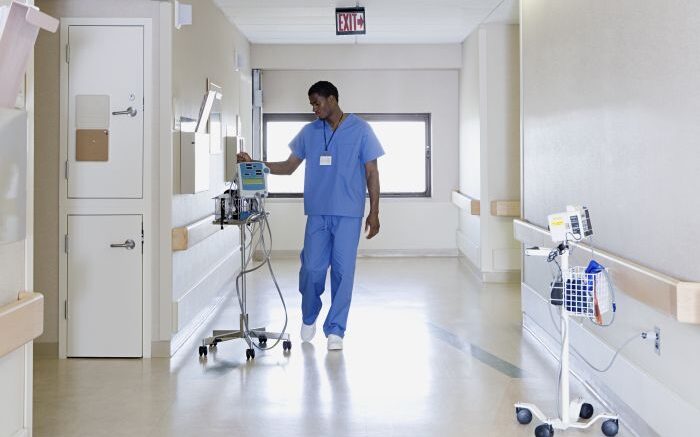A survey of hospitals on three continents was performed to assess their infection control preparedness and measures, and their infection rate in hospital healthcare workers during the COVID-19 pandemic. All surveyed hospitals used similar PPE but differences in preparedness, PPE shortages, and infection rates were reported.
As Matoori, et al. (2021) explain, "In the COVID-19 pandemic, the need for personal protective equipment (PPE) strongly increased to protect healthcare workers (HCWs) within the hospital from infection by COVID-19-positive patients. Although our understanding of the novel coronavirus strain SARS-CoV-2 has been rapidly evolving, a detailed understanding on the modes of transmission is still lacking. To protect HCWs, the World Health Organization and the Centers for Disease Control recommend the use of face masks, eye protection, gowns, medical gloves, frequent hand hygiene, environmental cleaning, and waste management. The most potent protection, respirators which filter out at least 94% (FFP2, N95) or 99% (FFP3, N99) of airborne particles, as well as other PPE were quickly in short demand as the pandemic swept around the planet, resulting in shortages in many hospitals with a potential increase in COVID-19 infection risk for HCWs."
The researchers' hypothesis was that the preparedness and response to the pandemic was different among hospitals, countries, and regions, and resulted in different exposure risk for HCWs in terms of COVID-19 prevalence and PPE availability. The goal of the study was to compare and assess the preparedness, the response, and the infection rate among hospital HCWs of several institutions on three continents by questionnaire.
Reference: Matoori S, et al. Preparing for future waves and pandemics: a global hospital survey on infection control measures and infection rates in COVID-19. Antimicrobial Resistance & Infection Control. Vol. 10, article number 170 (2021).
